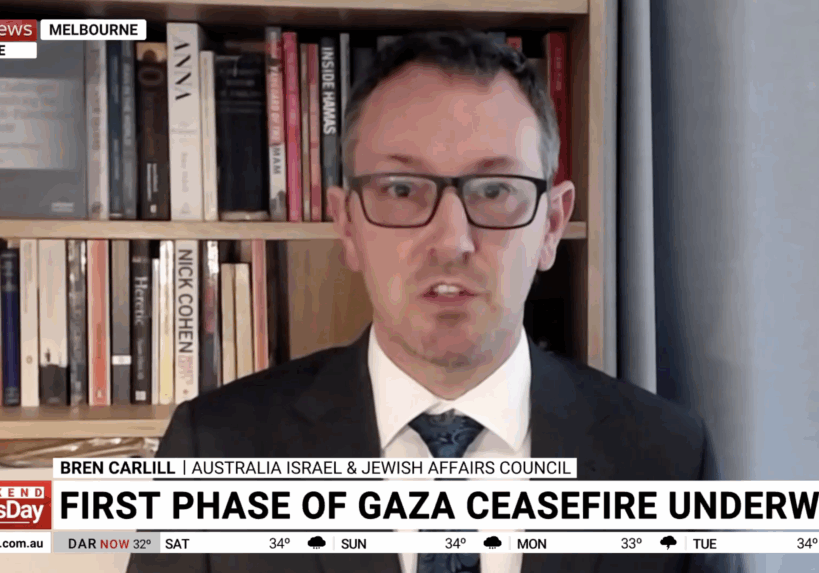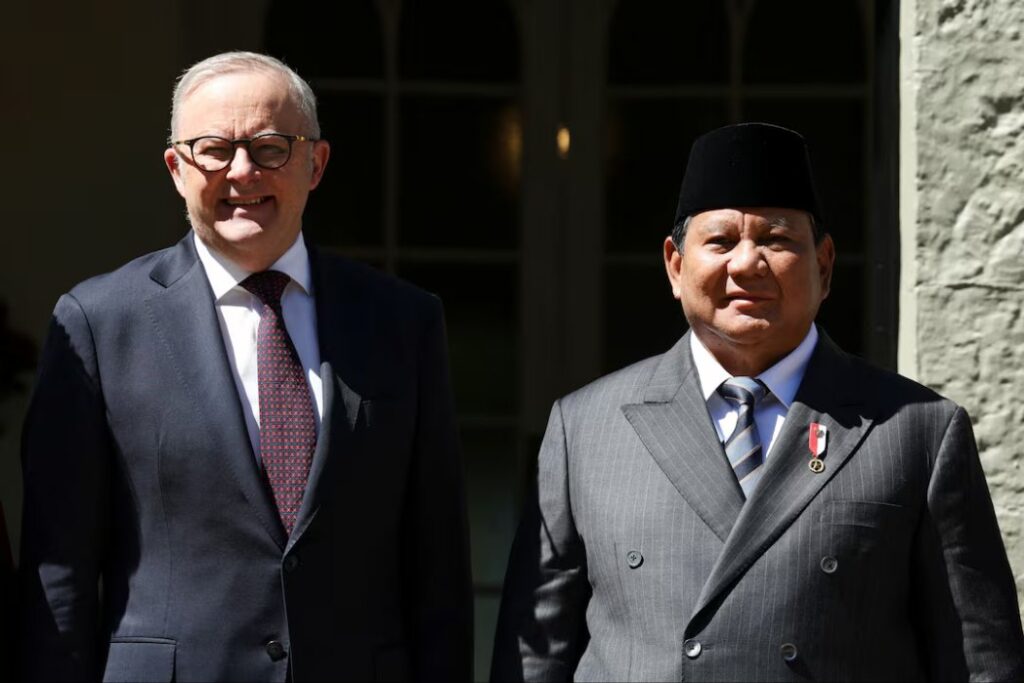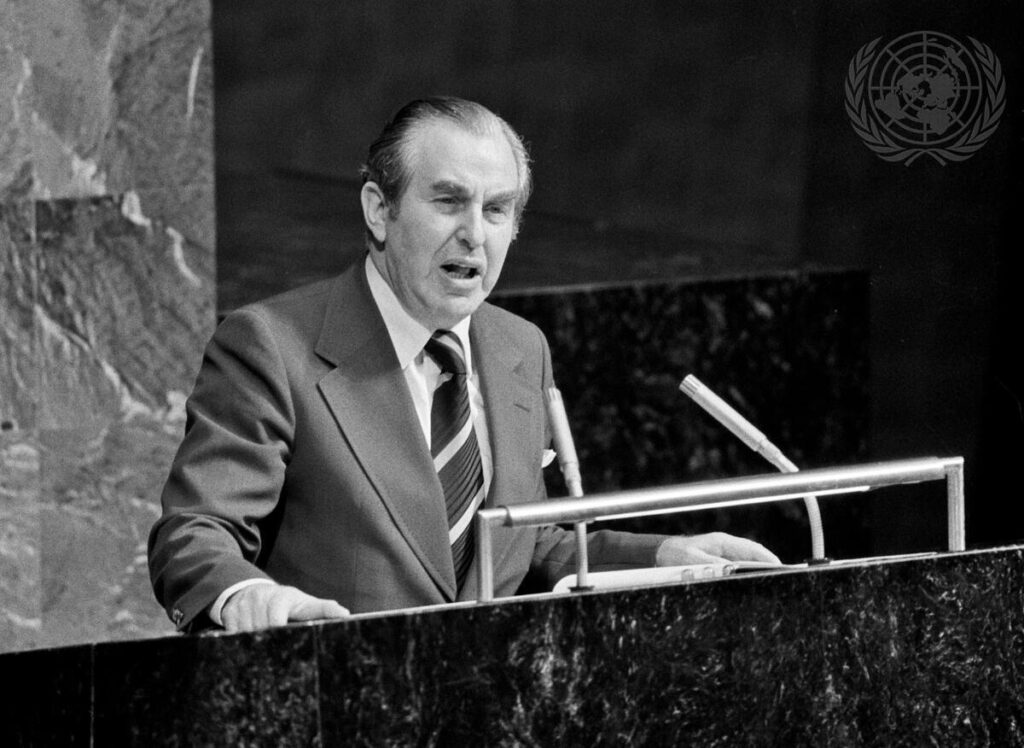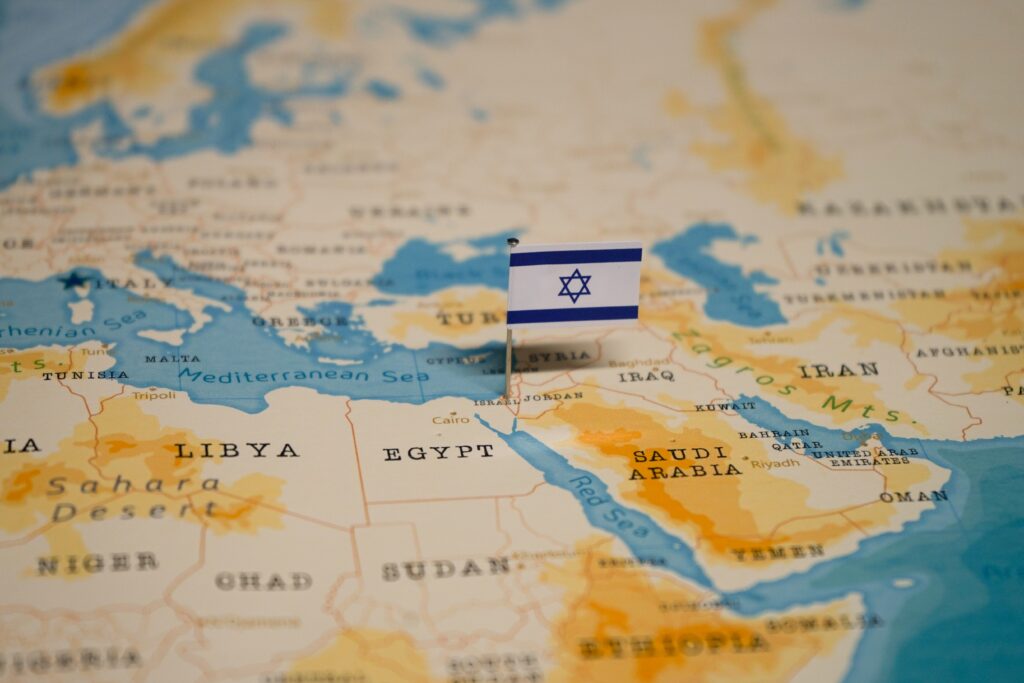FRESH AIR
No doubt Hamas controls the Gaza protests
May 17, 2018 | Ahron Shapiro
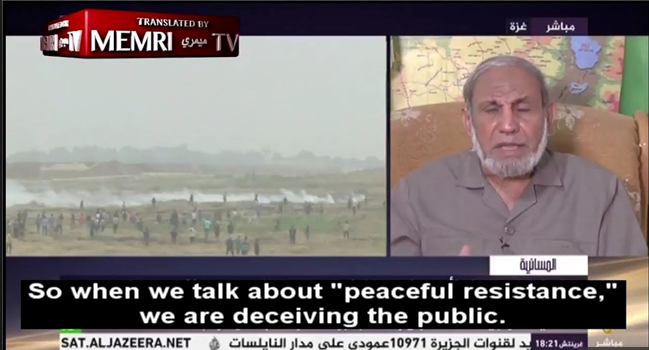
Amid the massive local coverage – between them, ABC and Radio National‘s news programs ran well over 10 individual news segments on May 15 alone – Hamas’ involvement in orchestrating the protests on the Gaza-Israel border and the attempts to breach the fence has been reported as a matter of speculation, rather than fact.
For example, as RN Breakfast’s Hamish Macdonald asked Associated Press‘ Bureau Chief for Israel Joseph Federman on May 15:
“Israel says that Hamas, which runs Gaza, wanted to breach the fence [and] wanted to send militants over into Israel. Was this all coordinated by Hamas, and in particular, this sort of stepping up of the numbers and the intensity of this over the past 24 hours?”
However, the events of the past days, since around 62 Palestinians were killed amidst a tsunami of border infiltration attempts and attempted attacks on May 14, should end the debate once and for all.
Overwhelming evidence now exists that Hamas exercises near-total control over the so-called “March of the Return” disturbances. In addition, Hamas is now openly admitting that it reached a deal with Egypt to curtail the protests – and then did so with dramatic results.
As senior Hamas official Mahmoud Al-Zahhar told Al Jazeera on May 13 – before the bloodiest clashes – “When we talk about ‘peaceful resistance,’ we are deceiving the public.”
Meanwhile, Hamas Political Bureau member Salah Al-Bardawil said in a television interview on May 16 that of the 62 people killed in clashes along the Gaza border on May 14, 50 were from Hamas.
We also know that Hamas’ involvement goes back to March, when the weekly protests first began. Then, Hamas said that “March of the Return” protests would take place weekly, explicitly reaching their peak (and conclusion) on May 15, what Palestinians call “Nakba Day”, ruing the 70th anniversary of the day Israel declared its independence.
When global media began to put the protests in the spotlight, Hamas then changed its mind about concluding the protests on Nakba Day, but rather announced they would continue indefinitely.
As for the protests on May 15 itself – supposedly the most important day in the Palestinian nationalist’s calendar – they can only be described as a non-event, despite expectations from journalists that Palestinians would be driven to an even greater frenzy from funerals for those killed in clashes the previous day.
Compared to at least 58 dead from clashes on May 14 along the fence separating Gaza from Israel, only two were killed on May 15. Instead of 100,000 predicted, or even 40,000 who rioted on Monday, reportedly only 4,000 protesters took part in Gaza border disturbances.
The gulf between widespread expectations (based on promises emanating from Hamas itself) and what actually transpired demands an explanation. Numerous reports in Israeli media referred to a decision made by Hamas to curb protests and infiltration attempts.
The Times of Israel‘s Avi Issacharoff reported on May 15:
In the late afternoon Monday, in at least one protest tent near the border, Hamas operatives in civilian clothing walked around and instructed protesters: “Go home.”
Israeli daily Yediot Ahronot reporter Yossi Yehoshua reported on May 16 (Hebrew only):
At the end of [Monday’s] violent demonstrations, an Egyptian-brokered understanding was reached on Monday [afternoon, May 14] that Israel would open the Kerem Shalom crossing, which was shut down after arson at the weekend, and Hamas leaders agreed to pack up part of the encampment and reduce the number of demonstrators.
In Ha’aretz on May 16, military analyst Amos Harel wrote (subscription required)
[On May 15] The Palestinian demonstrators made no real attempt to cross the fence and the Israeli army, accordingly, refrained as a rule from using live fire…
What happened exactly between Israel and Hamas between Monday night [May 14] and Tuesday morning [May 15] still remains to be fully clarified. It is known that during the night, Hamas sent Israel a series of messages through Egyptian intelligence and apparently also via Qatari intermediaries telling of its desire to rein in the level of violence.
The Israeli news portal Walla reported on May 15 (Hebrew only):
On Monday, the IDF received a series of messages from Hamas, according to which the organization would calm the area in exchange for a lull in the IDF’s response. Among other things, Hamas has pledged to reduce the number of demonstrators along the border and reduce the level of violence – a matter that is evident today in the field compared to yesterday.
Also on May 15, in Yediot Ahronot, Amos Yadlin, former Israeli military intelligence head and director of the highly respected Institute for National Security Studies (INSS), opined on the sudden lull in clashes along the Gaza border (Hebrew only):
The Israeli goal for Hamas’ violent demonstrations is “zero killed” Palestinians, while the Palestinian goal is the death of as many demonstrators as possible. The day before yesterday, the day before the peak for the violent demonstrations, Hamas reached a goal that marked and drew the pictures of mass killings it wanted to sell to the world. Yesterday, despite being “Nakba Day,” it has been proven that when Hamas does not want to, blood is not shed on the fence.
Confession of one of the participants
On May 17, the IDF Spokesperson’s office posted a video on Twitter of what it said was a Palestinian from Gaza who had been detained by the IDF and had willingly confessed all of Hamas’ tactics, having been “fed up” with Hamas.
The Palestinian, whose face was blurred to protect him and his family, said the following:
Hamas is the one that sends us Facebook and text messages telling us to go, and in the mosques, they call and send flyers that tell us to go to the fence.
They control the Gaza Strip, and everything that happens there goes through them. Hamas organises these riots so that the people won’t revolt.
Hamas tells themselves, instead of having people revolt and turn against us, we’ll send them to the fence and let them ‘revolt’ there freely.
When there is electricity, the televisions are on and streaming: ‘great march of return, march, march, go, march and riot.’ Some people go to the riots and some don’t. They prepare the buses to leave from [the Gaza neighbourhood of] Shejayah, and then wait by the mosques.
They [Hamas] tell women to go forward [to the front line of the riots]. ‘You are a woman, go forward, the army does not shoot women.’ They tell young children to go forward: ‘The army does not shoot young children’.
They tell the child to go forward and he does. They trick him.
They have established a committee that is responsible for the march and for telling people to go. People wear out and get fed up and I am one of those people.
Why did Hamas decide to decrease tension on the border?
Given the overwhelming evidence both from observers of activity on May 14 itself and the apparent abrupt cancellation of Nakba Day protests afterwards, it is hard to ignore the central role of Hamas in orchestrating the violence along the fence.
Understanding the precise decision-making that led to Hamas’ reversal is harder to pin down.
Hamas’ leader in Gaza, Yahya Sinwar, admitted to Al Jazeera that the group had reached the decision after conferring with Egypt.
The Israeli daily Israel Hayom on May 16 went further, elaborating in great detail of what had transpired at that meeting.
Citing the account of an unnamed senior Egyptian official, the story described a scene where Hamas leader Ismail Haniyeh was summoned by helicopter to Egypt in the midst of the carnage in the early afternoon of May 14, where Egyptian intelligence chief Kamal Abbas blamed Hamas for the “senseless” loss of Palestinian life and warned him that, if Israel decided to assassinate Hamas leaders to stop the bloodshed, neither Egypt nor other regional countries would interfere.
Haniyeh was also warned that if the group continues instigating border riots, Israel may restore its policy of targeted assassinations, and if that occurs, Egypt and other Arab nations trying to defuse the situation would suffice with declarative condemnations.
Conclusion
Given the preponderance of evidence – including my damning blog post from May 15 – it’s time for journalists to end the debate on whether Hamas orchestrates the “March of the Return” and protests along the Gaza fence and take a firm stand.
If the so-called “March of Return” ever had grassroots origins, we can certainly say now that they have long been replaced by Islamist astroturfing with a violent terror agenda, courtesy of Hamas.
Tags: Hamas
RELATED ARTICLES

“Bittersweet” aftermath of hostage release deal: Joel Burnie on Sky News
















